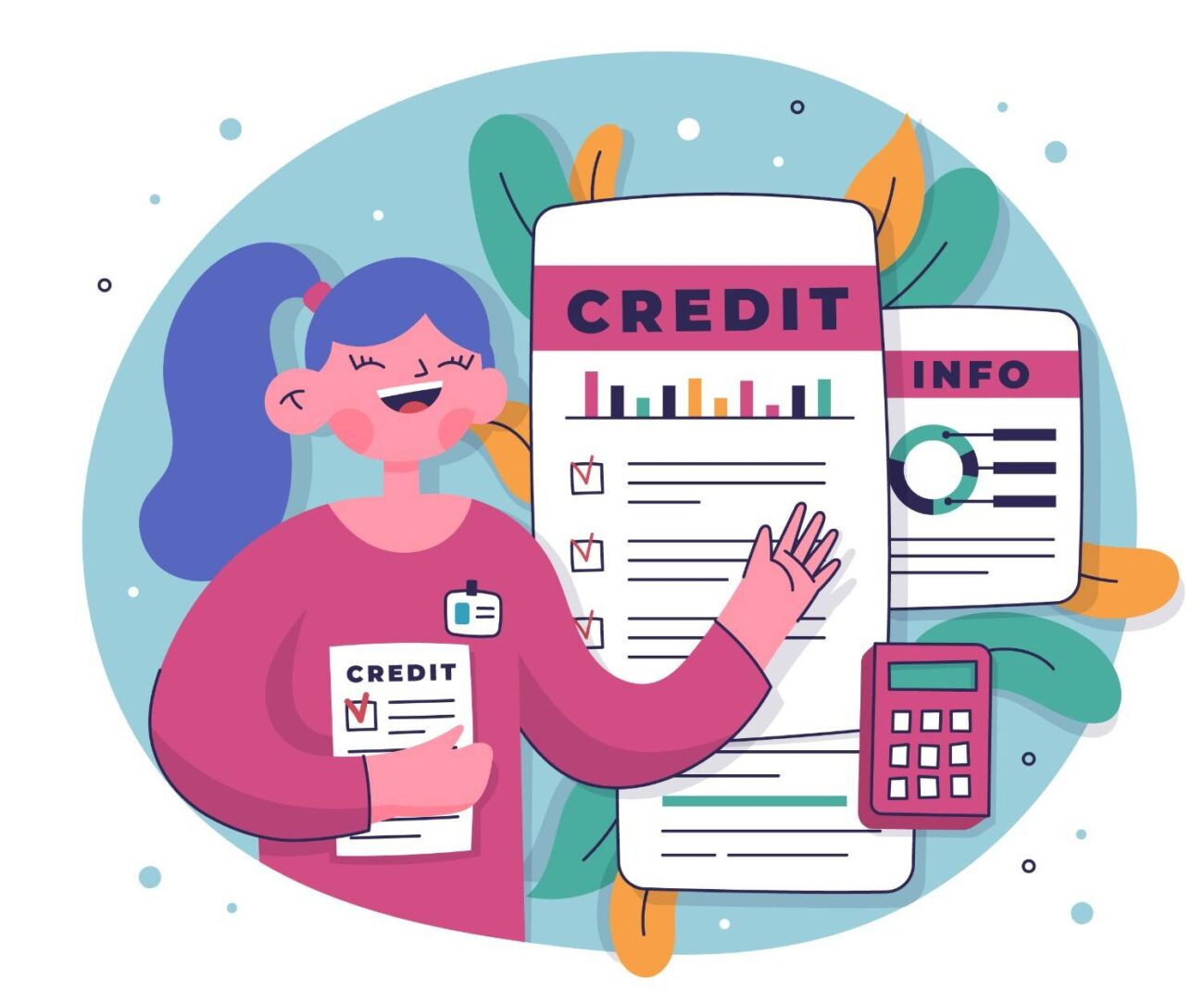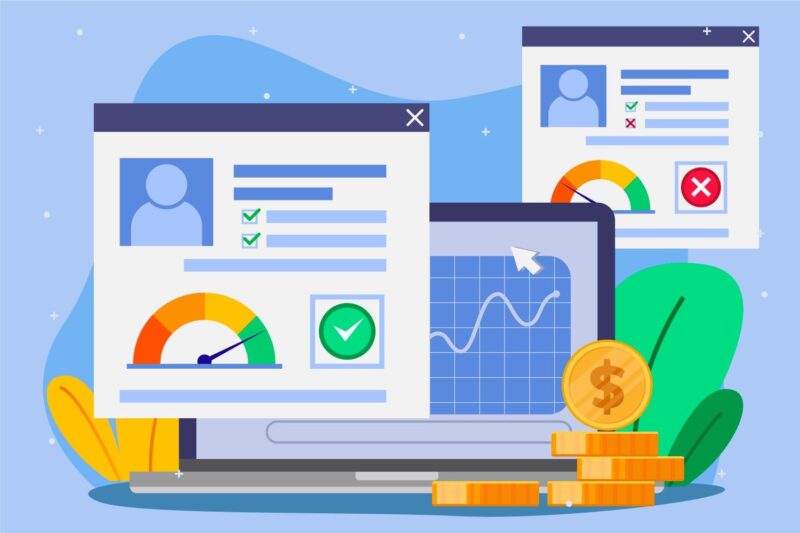Your credit report is a summary of your financial history instead of just a collection of numbers. Lenders and other organisations use your credit history to decide your reliability when you apply for a loan, a new credit card, or even to rent an apartment.
But what if there are mistakes in that history?
One false entry, such as a fake late payment or an account that isn’t yours, can harm your credit score and your ability to borrow money. For this reason, it is crucial to carry out a credit history check regularly. It allows you to identify errors and fix them before they result in serious monetary losses.
We’ll guide you step-by-step through the process of finding and fixing mistakes in your credit report in this guide.
Why Your Credit History Matters
How well you handle your financial responsibilities is reflected in your credit history. This record is used by banks and lenders to evaluate your loan-repayment capacity. Better interest rates and simpler approvals are associated with a strong credit report; however, mistakes may confuse your actual financial situation.
Consider the following situation: you pay all of your EMIs on time, but your report shows a payment that was missed two years ago. That one error could lower your credit score and give the impression that you are a risky borrower.
Because of this, it is essential to carry out a credit history check at least once or twice a year in order to maintain financial stability.
Common Errors in Credit Reports
Knowing what to search for is important before you begin fixing problems. The following are some of the most common errors found on credit reports,
- An incorrect address, date of birth, or name is are example of personal information mistakes.
- Multiple listings for the same credit card or loan are known as duplicate accounts.
- Incorrect payment records: On-time payments you made are listed as delayed.
- Your credit usage ratio may be impacted by closed accounts that appear to be open.
- False loan information: Incorrect limits or incorrect outstanding amounts.
- Unofficial accounts could be an indication of fraud or identity theft.
Misunderstandings regarding your financial standing may result from even small mistakes, such as spelling mistakes or incorrect account numbers.
Step 1 – Get Your Credit Report
Getting your credit report is the first step in correcting credit errors. These reports are offered by the four main credit bureaus in India: CRIF High Mark, Equifax, Experian, and CIBIL.
Each year, you receive one free credit report from each bureau. Visit their official websites and enter your name, PAN, and date of birth to make a request. You will have immediate online access to your credit report after your identity has been confirmed.
Read each section carefully, including the payment histories, account summaries, personal information, and enquiries.
Step 2 – Identify and Highlight the Errors
Read your report carefully after downloading it. Mark anything that appears apart with a highlighter or by taking screenshots.
Here’s what to concentrate on:
- Any account that you are not familiar with
- “Late” payments that you made on time
- Loan accounts that appear active even though they were closed a long time ago
- Incorrect limits or balances
Every error should be documented, along with the account number, date, and the particular problem. Your next step will go more easily if you have this information already.
Step 3 – Raise a Dispute With the Credit Bureau
The next step is to submit a complaint after you’ve identified the mistakes. An online form for reporting errors is available from each credit bureau.
Here’s how to do it:
- Go to the official website of the credit bureau.
- Go to the “Raise a Dispute” or “Dispute Resolution” section.
- Enter your information and provide a detailed description of the error.
- Provide supporting documentation, such as bank statements or payment receipts.
- Keep track of your complaint number and submit your request.
Your complaint will be looked into by the bureau, usually within 30 days. In order to confirm your request for a correction, they get in touch with the lender or organisation in charge of the data during this time.
Step 4 – Follow Up With Your Lender
Errors on credit reports may occur from lenders rather than the credit bureau. It’s best to get in touch with the bank or financial organisation that reported the incorrect information right away if that’s the situation. Give them all the supporting documentation you need, such as statements, loan completion letters, or payment confirmations. Maintain a record of all conversations, whether it be via letter or email.
The lender will notify the credit bureau to update your report after confirming your correction.
Step 5 – Recheck Your Report After Correction
The credit bureau will provide you with an updated report, which includes the changes made following the conclusion of your complaint. Examine it thoroughly to make sure the mistakes have been corrected. Don’t be afraid to follow up again if corrections haven’t been made; when it comes to protecting your credit reputation, dedication pays off.
Conclusion
Reports with inaccuracies might prevent you from getting a credit or taking a loan. Monitoring your credit history often is the best way to be the first to notice and solve the errors. Checking your credit report from time to time, keeping transaction records, and contesting errors instantly will help you to have a good credit record and, at the same time, will increase your economic confidence.


